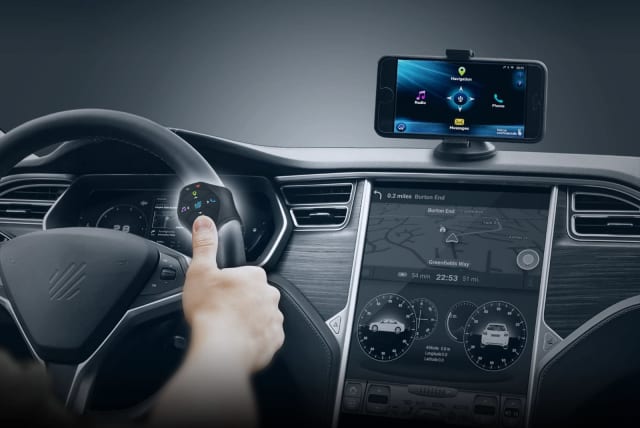Car safety equipment was designed with men in mind, new study shows this should change

A team of American researchers has used trauma-injury data from car crash victims to evaluate differences in injury patterns typical for males and females.
It’s well known that car-safety equipment was originally designed with male-representative bodies in mind. This means women sitting in the front row are more likely to suffer severe or fatal injuries in the case of a crash and more likely to be trapped in crashed cars.
Interested in the inequalities of car design and the resulting injuries, a team of American researchers has used trauma-injury data from car crash victims to evaluate differences in injury patterns typical for males and females.
Data on lap and shoulder belt wearing patients age 16 and up with abdominal and pelvic injuries from 2018 to 2021 were extracted from the US National Trauma Data Bank for descriptive analysis using injuries, vital signs “We found that vehicle crash injury patterns and injury severity differ between men and women. We also show that women are arriving at hospital emergency rooms with signs of shock more often than men, regardless of the severity of their injuries, said Medical College of Wisconsin Dr. Susan Cronn, a surgeon and first author of the study. It was published in the journal Frontiers in Public Health under the title “Sex-related disparities in vehicle crash injury and hemodynamics.”
“These novel findings of sex differences in shock index mean we need to look further into how and why this is happening,” she said. “We wanted to understand if differences in male and female injury and death in vehicle crashes are also present in clinical data,” Cronn went on. “This knowledge may help to evaluate whether occupant crash systems work equally well for male and female bodies.”

The researchers used data from more than 56,000 car-crash victims, half of whom were female. They found that even though men had more injuries overall, women had more pelvis and liver injuries.
Women have a shock index greater than 1.0
They also found that women had a shock index greater than 1.0 more frequently than men. This was true even for women who had fewer total or less severe injuries than their male counterparts. An elevated shock index can be an early warning sign of hemorrhagic shock caused by heavy blood loss and can also be an early predictor of mortality.
“Our findings might mean that women’s bodies have less capacity to function when physiological changes occur, that some injuries have more impact on female bodies, or that female bodies handle blood loss differently than male bodies,” Cronn explained. “It might also be that we have been assuming that normal vital signs are the same for everyone regardless of sex, and that we need to re-visit our definition of normal.”
If it becomes clear that their results are clinically relevant, a sex-differentiated shock index may change how first-aid responders and doctors approach patients, the researchers said. Furthermore, they hope their results will inform car safety development.
“We hope that we can delineate the impact of sex on crash injury further so that vehicle safety engineering can consider important male and female body differences in their design and that they provide insight for legislation and regulations as needed for equity in car safety design,” she concluded.
